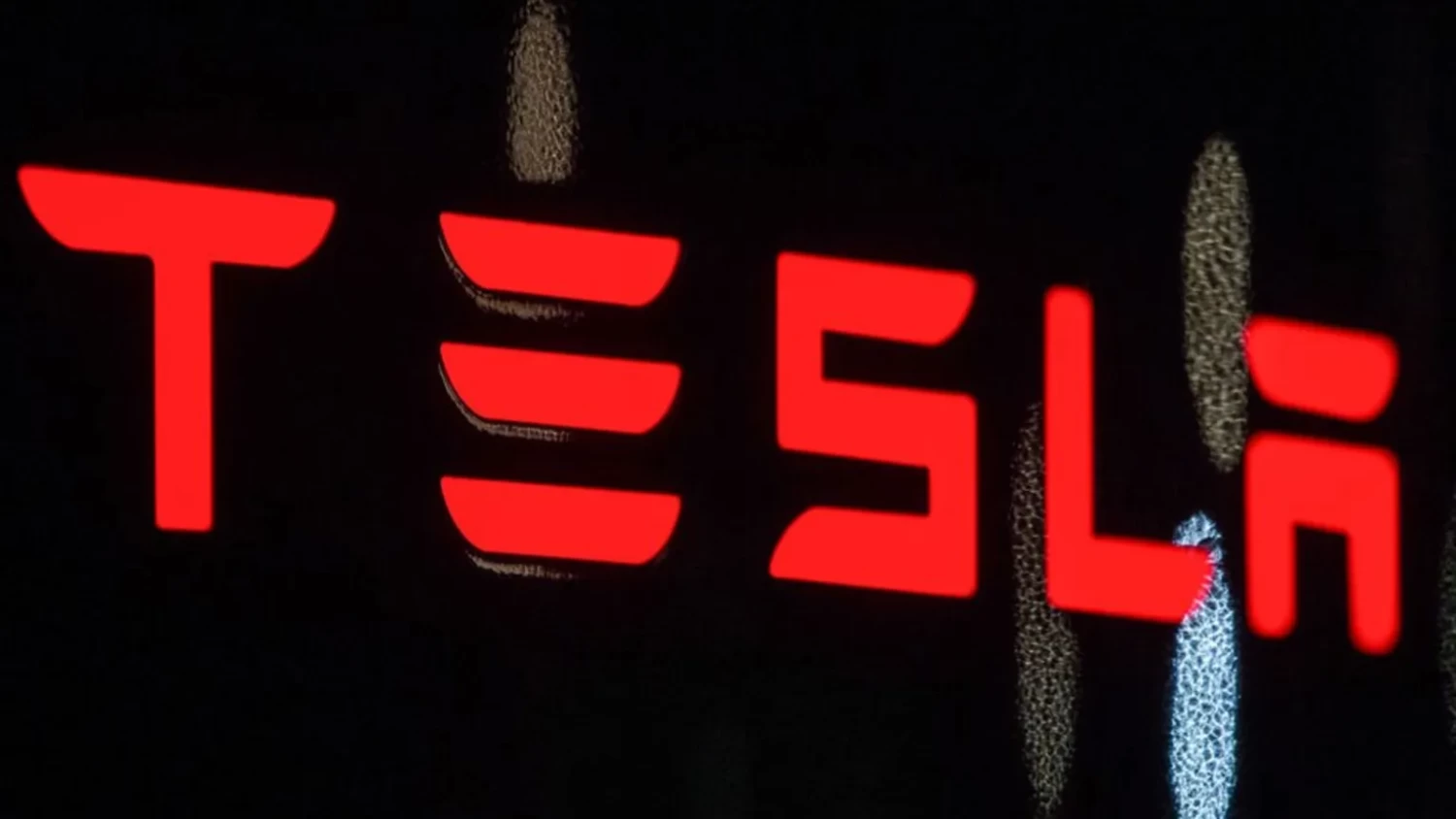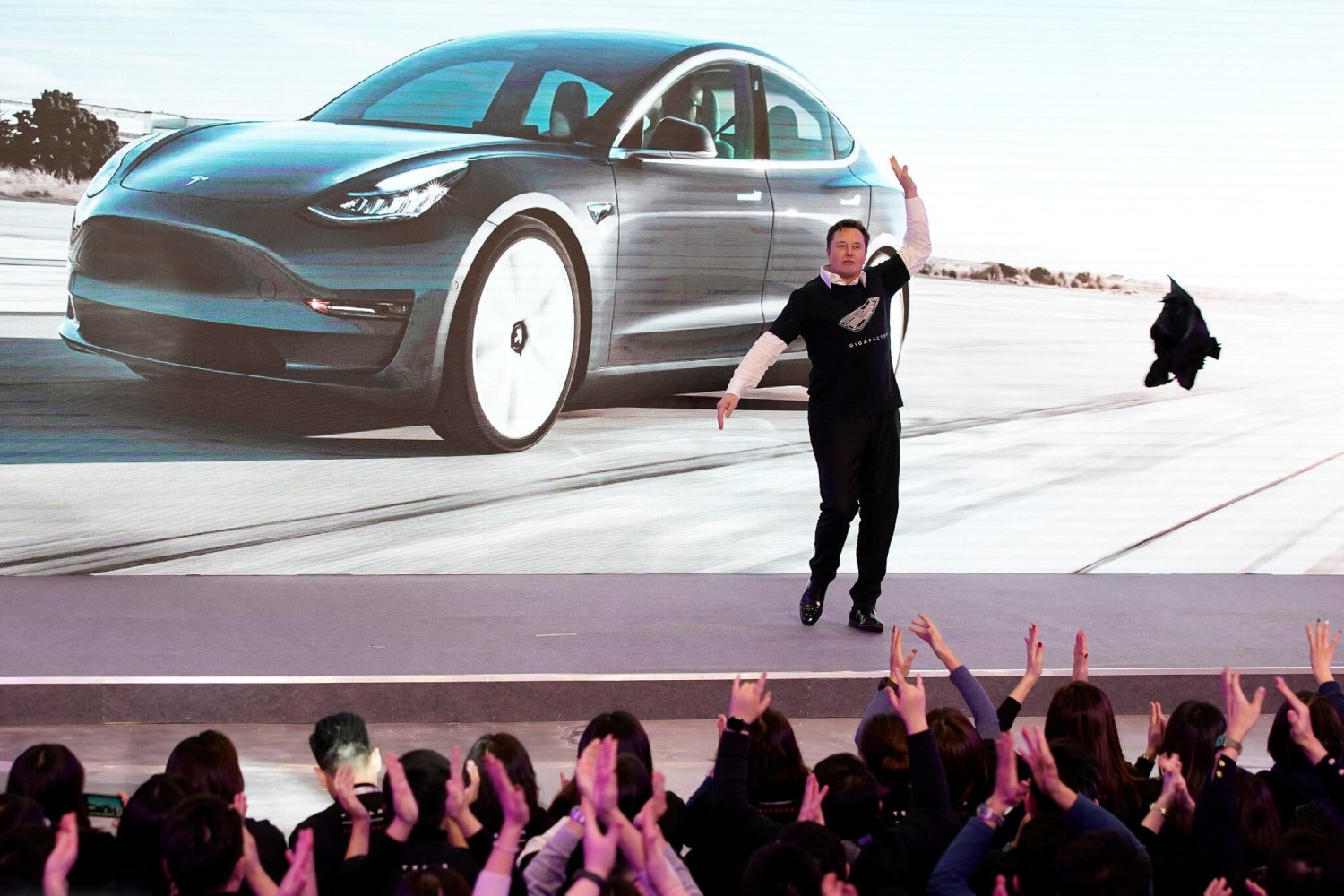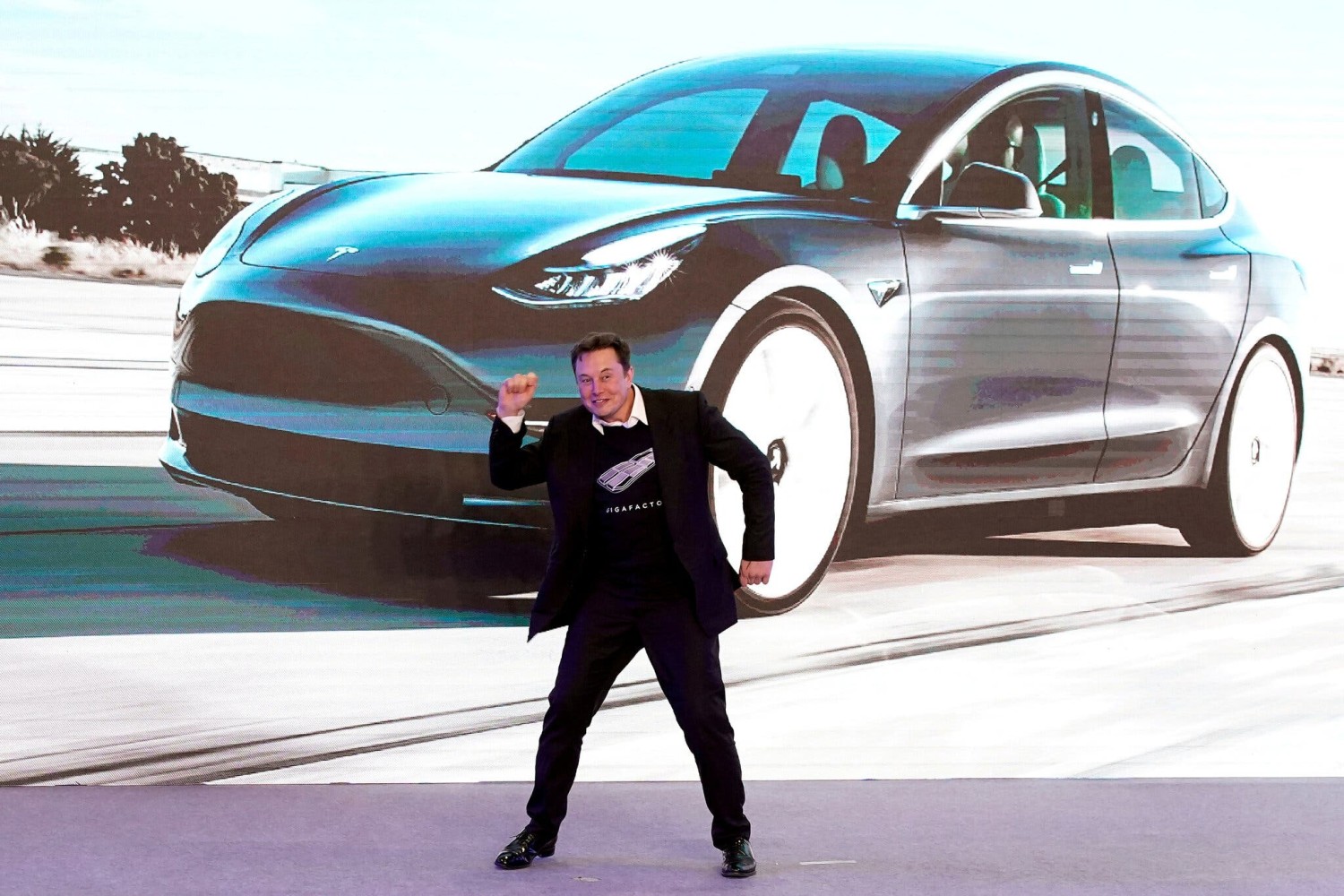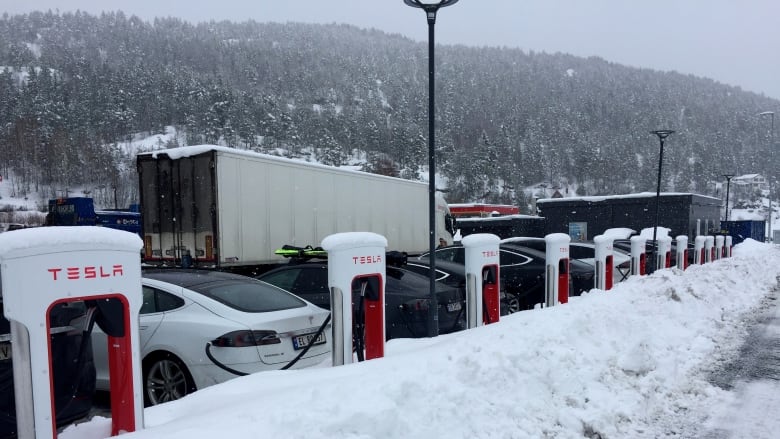Why are Teslas’ batteries dying in the cold?
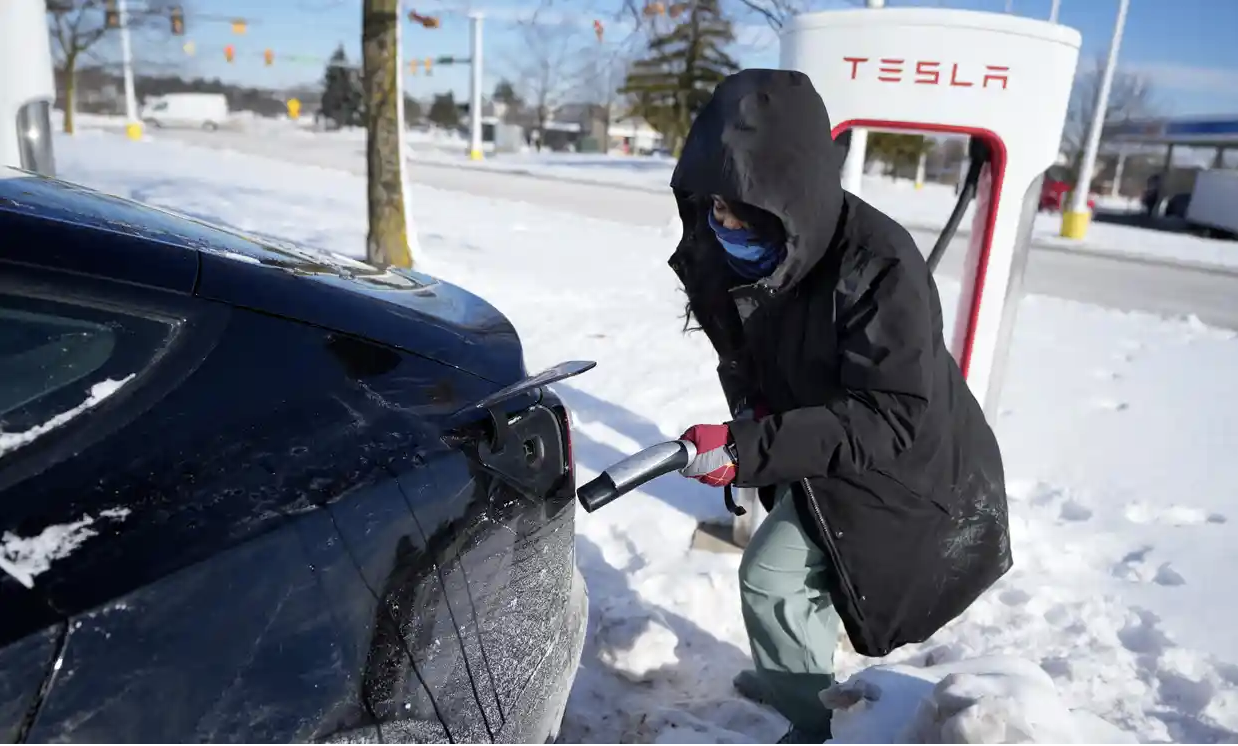
For nearly a week, frigid temperatures from Chicago to northern Texas have made life painful for electric vehicle owners, with reduced driving range and hours of waiting at charging stations.
In Oak Brook, Illinois, near Chicago, on Monday, television reporters found Teslas that were running out of juice while in long lines for plugs at a Supercharger station. The temperature hit a low of -9F (-23C).
Outside Ann Arbor, Michigan, Teslas were plugged in at six of eight charging stations on Wednesday as the wind howled with a temperature of 7F (-14C). At least one driver was nearly out of juice.
It is well known that EVs lose some of their travel range in the cold, especially in subzero temperatures like those that hit the nation’s mid-section this week. Studies found that range loss varies from 10% to 36%. EVs also do not charge as quickly in extreme cold. Some Tesla owners near Chicago told reporters their cars would not charge at all.
Experts acknowledge that cold weather can be hard for EVs, but they say with some planning and a little adjustment, owners should be able to travel pretty much as normal.
Inside EV batteries, lithium ions flow through a liquid electrolyte, producing electricity. But they travel more slowly through the electrolyte when it gets cold and do not release as much energy. That cuts into the range and can deplete a battery faster.
The same happens in reverse. Since electrons move more slowly, the battery cannot accept as much electricity from a charging plug. That slows down charging. The problem is that when temperatures plunge, batteries have to be warm enough for the electrons to move. And they have to be even warmer at fast-charging stations like Tesla’s.
“Pretty much anything that’s a chemical substance slows down when you get to a low temperature,” said Neil Dasgupta, associate professor of mechanical and materials science engineering at the University of Michigan. “That’s just something that nature has given us, and we have to deal with that.”
At a Supercharger station in Pittsfield Township, Michigan, just south of Ann Arbor, the battery in Ankita Bansal’s Tesla had only 7% of its charge left. She plugged in, but the car wouldn’t take electricity. Instead, the display said the battery was heating up. After it hits the proper temperature, it would take an hour and 50 minutes to get to a full charge, the display said.
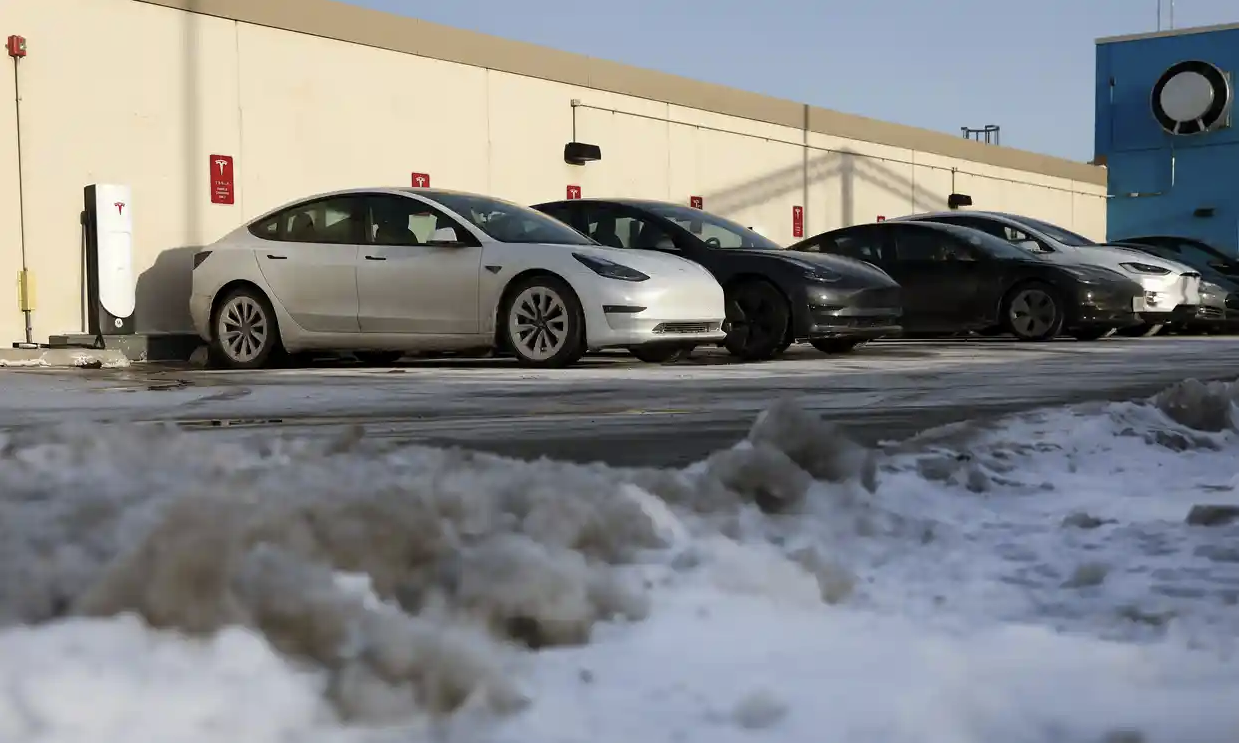
“I have a long way to go,” said Bansal, a University of Michigan graduate student who wanted to get to a full charge because she does not have a charging station at home.
Bruce Westlake, president of the Eastern Michigan Electric Vehicle Association, said most EVs are programmed to warm the battery if the driver tells vehicle’s navigation system that a trip to the charging station is coming.
Many of those who think their cars won’t charge are new to EVs and don’t know how to “precondition” their batteries, said Westlake, who has two Teslas.
“They’re just learning,” he said. “And Tesla isn’t very good at explaining some things.” A message was left seeking comment from Tesla.
In frigid temperatures, it can take a half hour to warm the battery so it is ready to charge, Westlake said. Preconditioning the battery does cost some range, although it is usually only a few miles, he said.
Bansal, who has had her Tesla for only a week, did not know about preconditioning the car before charging, but she does now.
A few stalls away from her, Kim Burney’s Tesla Model 3 was charging just a little slower than it does in normal temperatures. She had driven farther than she thought on a trip to her dentist in Ann Arbor on Wednesday morning and wanted to get close to a full charge for the rest of the day’s travels.
So she told the car she was going to the charging station and it was ready by the time she arrived and plugged in.
Like Westlake, Burney said EV drivers needed to plan ahead, especially in cold weather. The car, she said, will tell you where charging stations are and how much range you have left. “The more you drive it the more you’re comfortable knowing how far you can go and how much to charge it,” she said. Burney said she loses roughly 15% to 20% of her battery range in cold weather, but it gets dramatically worse in cold snaps like the one this week.
In the short run, automakers are likely to come up with better ways to protect battery life and warm them for charging, Dasgupta said. And there are new battery chemistries in development that are more resilient in cold weather.
In the short term, Dasgupta said that as more mainstream consumers buy EVs, and as more automakers enter the market, they will develop models using existing lithium-ion chemistry that are tailored to colder climates. In some cases overall range might have to be sacrificed a little to get better cold-weather performance, he said.
Millions are being invested in new battery technology that performs better in the cold that will find its way from military, aerospace and undersea applications into electric vehicles, Dasgupta said.
“You can be an EV driver in a cold-weather climate,” he said. “Be optimistic and excited about what the future holds because it’s only going to get better from here.”
Keywords
Newer articles
<p>A bill that will ban TikTok in the United States unless its Chinese owner divests from the company has passed overwhelmingly.</p>
Congress gets closer to forcing TikTok to be sold or face US ban: What's ne
Israel Iran attack: Damage seen at air base in Isfahan
Ukraine ‘will have a chance at victory’ with new US aid, Zelenskyy says
Who will be Trump’s VP? A shortlist
Ukraine war: Kyiv uses longer-range US missiles for first time
House passes potential TikTok ban that could speed through Senate
How soon could US ban TikTok after Congress approved bill?
Caught between Israel and Iran, Jordan clings desperately to stability
Congress passes bill that could ban TikTok after years of false starts
